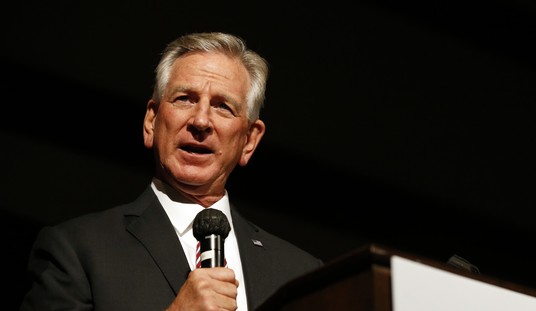Ironically, just as President Obama has cancelled the final phase of the European missile shield, the Pentagon has announced additional interceptors will be deployed to the west coast to deal with the increased threat from North Korea.
Reuters:
Defense Secretary Chuck Hagel announced plans on Friday to bolster U.S. missile defenses in response to “irresponsible and reckless provocations” by North Korea, which threatened a preemptive nuclear strike against the United States last week.
Hagel said the Pentagon would add 14 new anti-missile interceptors at Fort Greely in Alaska – an effective reversal of an early Obama administration decision – and move ahead with the deployment of a second missile-defense radar in Japan.
The Pentagon also left open the possibility of creating a site on the U.S. East Coast where the Pentagon could field more interceptors capable of striking down an incoming missile. The 14 additional interceptor deployments would cost nearly $1 billion and must be approved by Congress.
“By taking the steps I outlined today we will strengthen our homeland defense, maintain our commitments to our allies and partners, and make clear to the world that the United States stands firm against aggression,” Hagel told a news conference.
North Korea issued its threat last week to stage a preemptive nuclear attack against the United States as the United Nations readied new sanctions against Pyongyang in response to its February 12 nuclear test, the country’s third.
Experts say North Korea is years away from being able to hit the continental United States with a nuclear weapon, despite having worked for decades to achieve a nuclear capability.
But Hagel said the moves announced by the Pentagon were justified to stay ahead of the threat, underscored by the nuclear test and a December rocket launch that analysts believe was aimed at developing technology for an intercontinental ballistic missile (ICBM).
Hagel also cited North Korea’s display last April of what appeared to be a road-mobile ICBM.
While they successfully launched a satellite in early December last year, North Korea is not expected to have a nuclear capable missile before 2016, according to former Defense Secretary Robert Gates. The additional deployment of interceptors — if it happens — should be completed by that time.
Whether the interceptors will even be constructed is still open to debate. The Pentagon is reluctant to deploy the weapon due to its unreliability. The system has failed to hit a target since 2008 and kinks in the software have hindered large scale deployment, including setting up sites on the east coast to guard against an Iranian launch.
It may be that the North Koreans are simply engaged in childish bluster when they threaten a pre-emptive strike against the US. But they are a dangerous child and nothing can be taken for granted when it comes to defending ourselves.










Join the conversation as a VIP Member